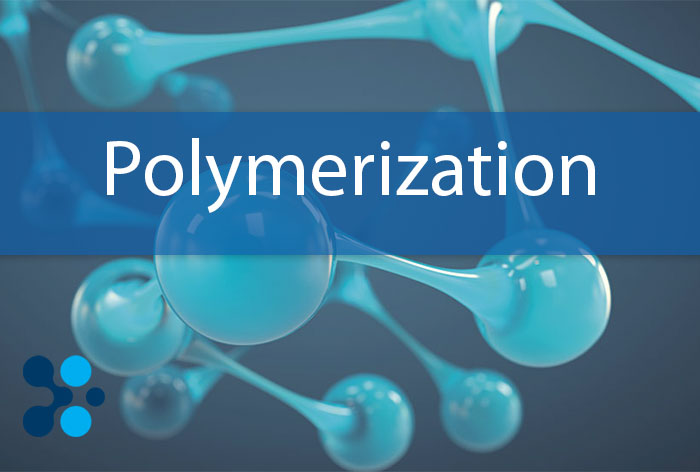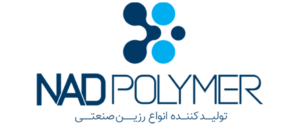
Polymerization is the process by which simple molecules, or monomers, are chemically bonded together to form a large molecule with a molecular mass several times that of the original molecule. During this process, monomers form polymer chains or three-dimensional networks.
If the polymer chain formed consists of duplicate units of a monomer, this polymer is called a homopolymer. For example, if A is a monomer, a homopolymer chain is AAAA…. will be.
If the chain obtained from the polymerization process is of two or more types of monomers that are different but suitable for each other, the resulting polymer is called a copolymer. If A and B are two monomers, four states can be imagined to produce copolymers
At the end of the polymer chains, monomers A and B are conceivable, resulting in 4 possible reactions.
AB, AA, BB and BA
Of course, when monomers A and B react together and a copolymer is formed, the resulting copolymer has completely different properties relative to the physical mixture of two separate homopolymers, B and A.
Based on the type of chemical reaction, polymerization into two types of incremental polymerization and compression polymerization
Addition polymerization is a process in which the repetition of monomers with two or three bonds forms a copolymer.
Compression polymericacin is a process in which a compression chemical reaction is repeated many times due to the presence of two or more functional groups in the monomer molecules.
| Compression polymerization | Incremental polymerization |
| Monomers should have two similar or different functional groups | Monomers must have double or triple bands. |
| By-products such as ammonia, water and hydrochloride are produced | No by-products are produced. |
| The density of the monomers creates a polymer | Adding monomers creates a polymer. |
| The molecular weight of the resulting polymer is not necessarily many times the molecular weight of the monomer. | The molecular weight of the resulting polymers is many times the molecular weight of the monomers. |
| Catalysts are acidic or alkaline and play a catalytic role in compression polymerization itself. | Its catalysts are Lewis acids or bases as initiators of polymerization |
| Common examples of compression polymerization are nylon, bakelite, silicon and so on. | Examples of incremental polymerization products are PVC, polyethylene, Teflon, etc. |

Choose a member and chat on WhatsApp.
Sales Manager

Sales Manager

All rights of this website belong to Nad Polymer Company.